
We’re proud to announce the publication of the ETSC Annual Report 2024, highlighting a year of impactful advocacy and cross-border collaboration in the pursuit of safer roads across Europe.
etsc.eu/etsc-annual-...
@therpan.bsky.social

We’re proud to announce the publication of the ETSC Annual Report 2024, highlighting a year of impactful advocacy and cross-border collaboration in the pursuit of safer roads across Europe.
etsc.eu/etsc-annual-...

Very enjoyable international RPAN event at Keele today with these lovely people. Might have to make it a regular thing!
15.05.2025 19:33 — 👍 2 🔁 1 💬 0 📌 0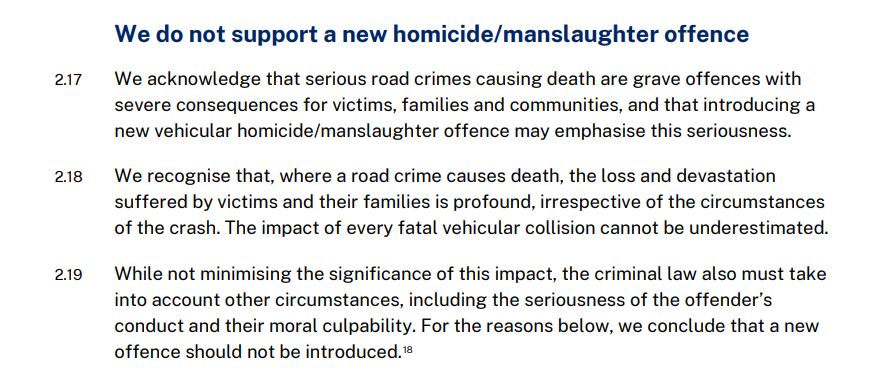
The image is a screenshot of three paragraphs of the report: We do not support a new homicide/manslaughter offence 2.17 We acknowledge that serious road crimes causing death are grave offences with severe consequences for victims, families and communities, and that introducing a new vehicular homicide/manslaughter offence may emphasise this seriousness. 2.18 We recognise that, where a road crime causes death, the loss and devastation suffered by victims and their families is profound, irrespective of the circumstances of the crash. The impact of every fatal vehicular collision cannot be underestimated. 2.19 While not minimising the significance of this impact, the criminal law also must take into account other circumstances, including the seriousness of the offender’s conduct and their moral culpability. For the reasons below, we conclude that a new offence should not be introduced.

The current offences cover the field appropriately 2.20 We do not think a new offence is necessary, as the current serious road crime offence hierarchy adequately deals with the different conduct and levels of criminality involved in serious road crimes causing death. As the Court of Criminal Appeal commented, the current hierarchy is “rational, logical and cohesive”. 2.21 Manslaughter, the most serious offence in the current serious road crime offence hierarchy, can already be charged in appropriate cases, and can capture a wide range of driving-related conduct.21 2.22 Both categories of involuntary manslaughter (manslaughter by criminal negligence and manslaughter by unlawful and dangerous act) have been successfully prosecuted in cases involving vehicular deaths. We explained the elements of these categories in the consultation paper. We also provided examples of recent manslaughter cases involving vehicular deaths, which showed the breadth of circumstances captured by this offence. 2.23 As a result, introducing a new offence would not address any gaps in the law. The ACT Law Reform and Sentencing Advisory Council recently reached a similar conclusion for its jurisdiction. It determined that a vehicular manslaughter offence would be unnecessary, for reasons including that the existing manslaughter offence appropriately captured a broad range of conduct.

A new offence may not impact sentencing and prosecutions 2.26 There is a risk that introducing a new offence could result in only symbolic criminalisation without any change to sentencing and prosecutions, which could fail to address the more serious concerns outlined above. 2.27 Creating a specific offence of vehicular homicide/manslaughter might not lead to more serious charges in driving cases. If a new offence kept the existing elements f manslaughter in addition to new elements, prosecutors would still need to meet the existing legal threshold for manslaughter. As a result, the introduction of a new offence may not significantly change the way manslaughter is prosecuted for vehicular deaths. 2.28 In addition, a new offence may not result in more manslaughter prosecutions as police and prosecutors would continue to have discretion in selecting charges and negotiating pleas. If a new offence required the prosecution to prove multiple elements, or more elements than existing offences, it may be more difficult to prosecute and be charged less frequently. It may also create confusion about which offence should be charged, and result in charging inconsistencies. 2.29 It is also possible that a new offence would not result in significantly higher sentencing outcomes, even if it had the same maximum penalty as manslaughter (25 years’ imprisonment). A maximum penalty is a guidepost, but only one factor, amongst many other factors that a sentencing court considers.
New South Wales Law Commission has issued its Report on Serious Road Crime. I agree with its recommendation not to introduce a new offence of vehicular homicide, for the reasons given, although I'm not sure about some of their other recommendations.
lawreform.nsw.gov.au/documents/Co...
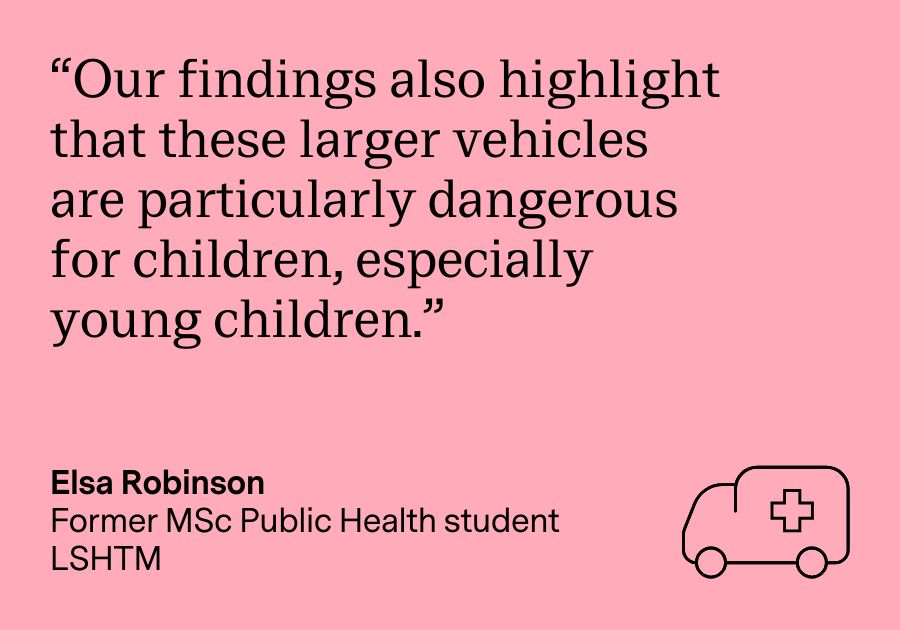
Study: Children 82% more likely to be killed if struck by an SUV or LTV rather than smaller vehicle
www.lshtm.ac.uk/newsevents/n...
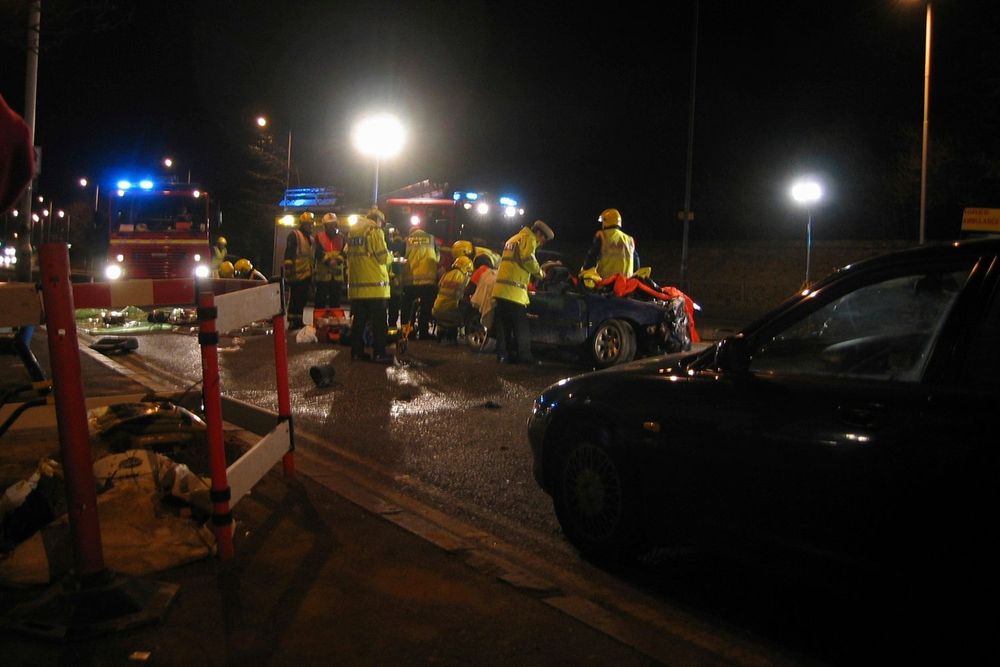
Did you miss our latest webinar? You can now catch up on the full episode; Road Death: What is justice?
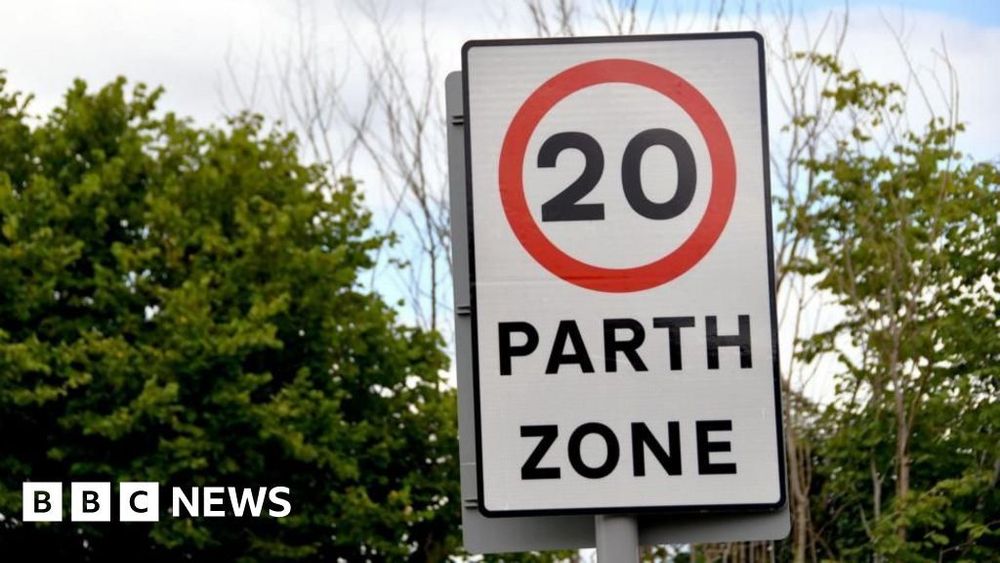
"The most successful road safety intervention in modern times"
BBC News - Welsh 20mph limit: 100 fewer killed or seriously hurt in first year
My paper on the car as a criminological object has found its final form and a parking spot (I know - sorry!) in the latest volume of the Annual Review of Criminology
www.annualreviews.org/content/jour...
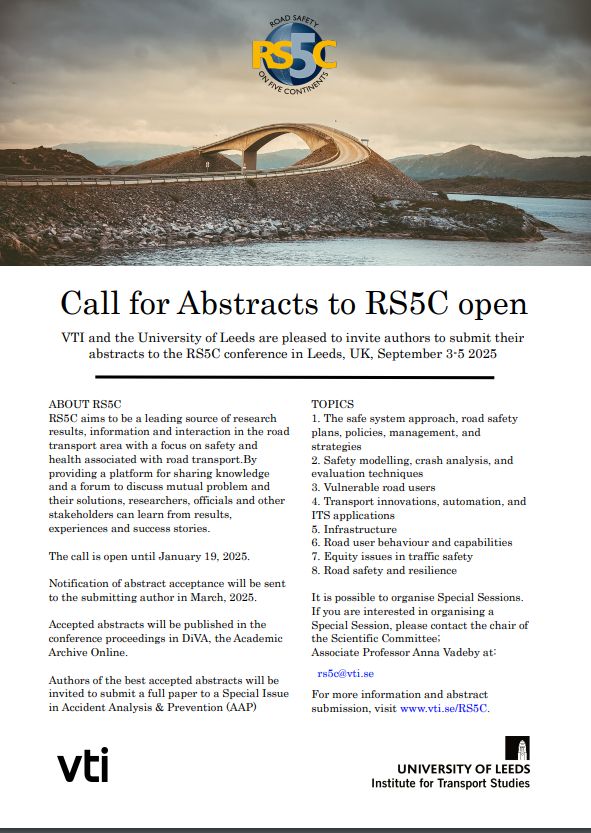
One week left to get abstracts in for Road Safety on 5 Continents. This year in Leeds, UK, see you there 3rd - 5th September 2025. www.vti.se/en/rs5c/
#RoadSafety

Any of RPAN's members from outside the UK interested in this opportunity? www.thebritishacademy.ac.uk/funding/inte...
22.01.2025 20:07 — 👍 0 🔁 0 💬 0 📌 0